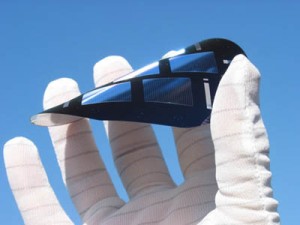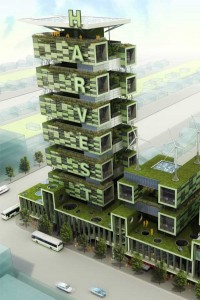 National power financier Perpetual Energy Systems and California Institute of Technology (Caltech) today announced the activation of a 1.1 mega watt (MW) solar energy system. The system is part of Caltech’s goal of 1.3MW of solar power installed by 2010. The project is expected to generate an estimated 1,646,668 kilowatt hours of clean energy in its first full year of operation. The new solar power system will eliminate approximately 1,150 metric tons of carbon dioxide (CO2) in its first year of operations, which is equivalent to removing 222 cars from the nation’s roads or planting 252 acres of trees.
National power financier Perpetual Energy Systems and California Institute of Technology (Caltech) today announced the activation of a 1.1 mega watt (MW) solar energy system. The system is part of Caltech’s goal of 1.3MW of solar power installed by 2010. The project is expected to generate an estimated 1,646,668 kilowatt hours of clean energy in its first full year of operation. The new solar power system will eliminate approximately 1,150 metric tons of carbon dioxide (CO2) in its first year of operations, which is equivalent to removing 222 cars from the nation’s roads or planting 252 acres of trees.
John Onderdonk, Caltech’s Sustainability Manager said,“This recent installation, which brings Caltech’s total installed solar capacity to 1,300 kW represents two percent of the Institute’s energy consumption and contributes significantly to our plan to reduce greenhouse gas emissions to 1990 levels by the year 2020; Our agreement with Perpetual allows the Institute all the advantages of solar, but without the financial outlay for the installation and maintenance. This is a win-win situation for us and we look forward to working with them again on future solar installations.” Caltech entered into a power purchase agreement (PPA) with Perpetual to host the solar installations, enabling Caltech to host solar with no capital outlay. Under the agreement Caltech will purchase clean solar energy produced by each installation at a predetermined, fixed rate. The system is owned and operated by Perpetual.
More than 4,500 solar panels comprise the system, which will generate electricity from the rooftops of seven structures on the Caltech Campus.The Cahill Center is one of the selected buildings and is Caltech’s first building to achieve USGBC LEED gold-level certification. Back in July U.S. Deputy Secretary of Energy Daniel Poneman awarded Caltech $122 million to research solar energy over five years with a multidisciplinary team of top scientists to establish an Energy Innovation Hub; aimed at developing revolutionary methods to generate fuels directly from sunlight. The hub will include Lawrence Berkeley National Laboratory and will be directed by Nathan S. Lewis, George L. Argyros Professor and professor of chemistry at Caltech.
is one of the selected buildings and is Caltech’s first building to achieve USGBC LEED gold-level certification. Back in July U.S. Deputy Secretary of Energy Daniel Poneman awarded Caltech $122 million to research solar energy over five years with a multidisciplinary team of top scientists to establish an Energy Innovation Hub; aimed at developing revolutionary methods to generate fuels directly from sunlight. The hub will include Lawrence Berkeley National Laboratory and will be directed by Nathan S. Lewis, George L. Argyros Professor and professor of chemistry at Caltech.





